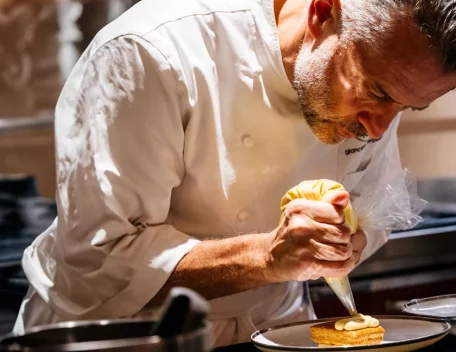Origin of crêpes
Soft and thin, stuffed and rolled or folded in a fan shape: crêpes are a passepartout that can enrich any meal, from aperitifs to desserts. Widespread in many countries with different shapes, names and ingredients, crêpes conquered palates over time. There is no certain information about their origin but, according to popular belief, they seem to have made their appearance in the 5th century AD, to feed the French pilgrims who arrived in Rome to participate in the Candlemas feast. Simple and quick to prepare, these wafer-thin omelettes represented the ideal solution to give nourishment to the tired faithful, who then took the recipe to France, the country to which the success of the product is owed. But how are crêpes made in Hungary or Mexico? Here are 8 variations of crepes from around the world.
Variants of crêpes around the world
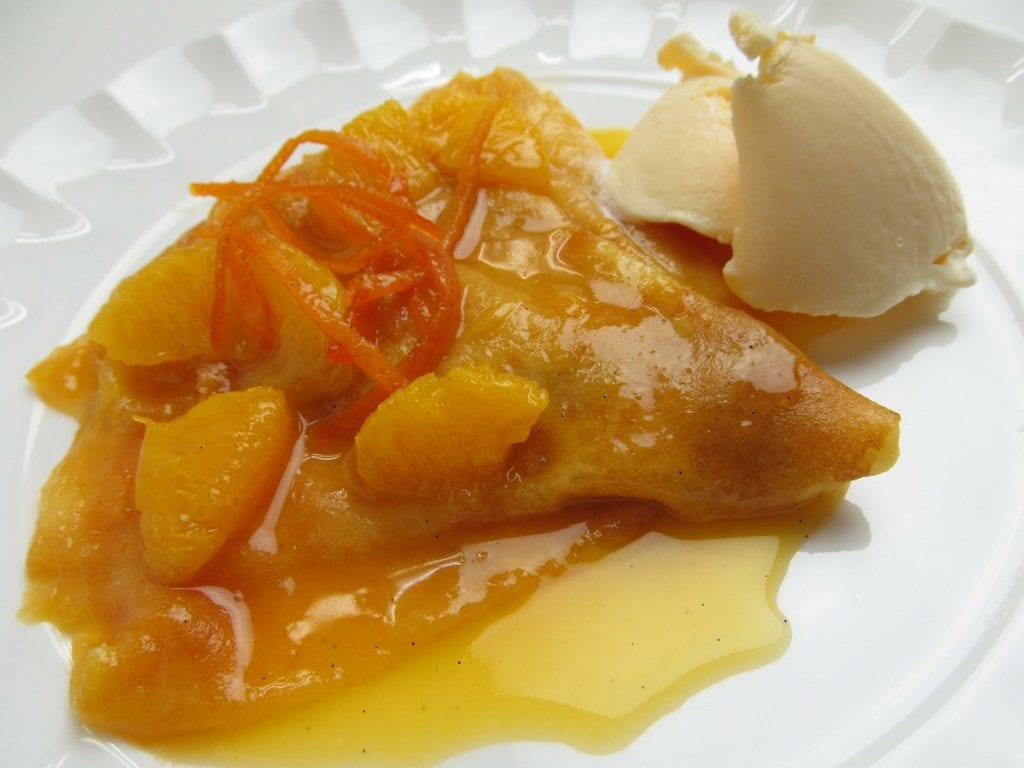
Crêpe suzette in France
Among the most famous French specialties is the crêpe suzette, a dessert that involves enriching the "pancakes" with a sauce made with caramelized sugar and butter, citrus juice and Grand Marnier, then served flambéed. The ancient homeland of this recipe is the Principality of Monaco, more precisely the Cafè de Paris in Montecarlo, restaurant of the great chef Auguste Escoffier. Legend has it that the dessert was born from a mistake made by the young apprentice Henry Charpentier, who in the throes of having to cook for Edward VIII, Prince of Wales, dropped liqueur on the crêpe which, in contact with fire, ignited. The Prince liked that wrong dessert so much that he asked the cook to dedicate it to the daughter of his friend who was having lunch with him, Suzette.
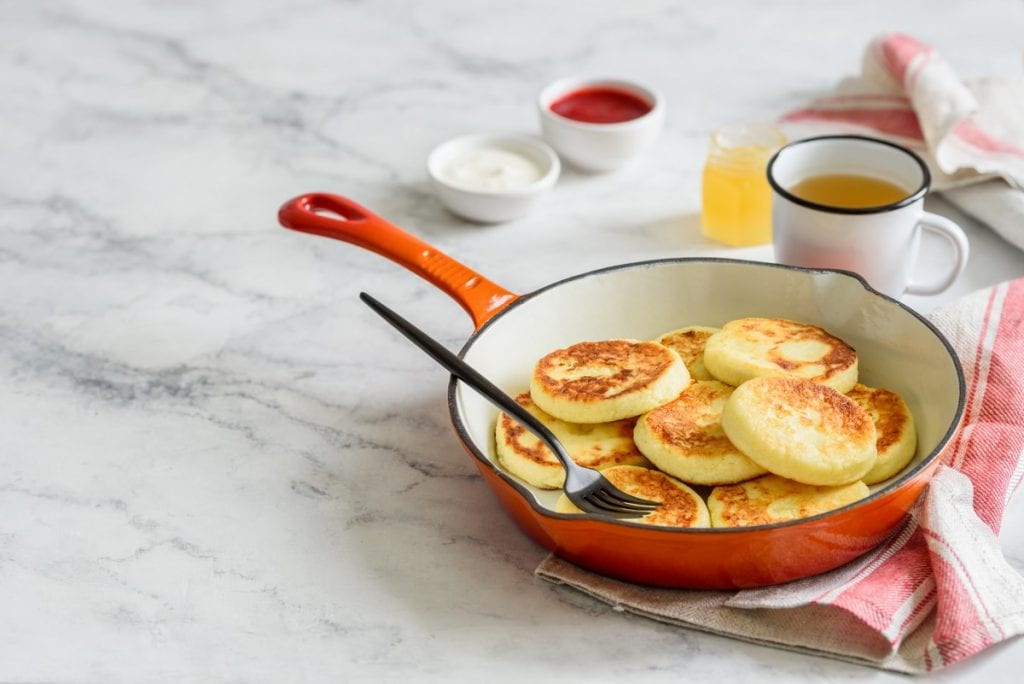
Syrniki e blinis in Russia
The typical creamy cow's milk cheese produced in Germany, quark, in Russia becomes tvorog and is the protagonist of syrniki, crêpes similar to pancakes, flavoured with sour cream, jams, honey or applesauce. Sometimes embellished with raisins, they are made with cheese, flour, eggs and sugar. They are a preparation of humble origins, initially born as a typical breakfast of the poorest peasant families, who could rely on the few products in their slim pantries, and then spread also among the higher social classes. In Russia we find blinis, crêpes made with flour and yeast whose roots date back to the Middle Ages. It is said that it was a Russian traveler who invented them, accidentally leaving an oat mixture on the fire and thus obtaining a sort of round, flat pizza. Blinis became popular in the pre-Lenten period, during which women prepared them as a sign of good omen for a generous harvest and, over time, they began to be made also to celebrate births and funerals.
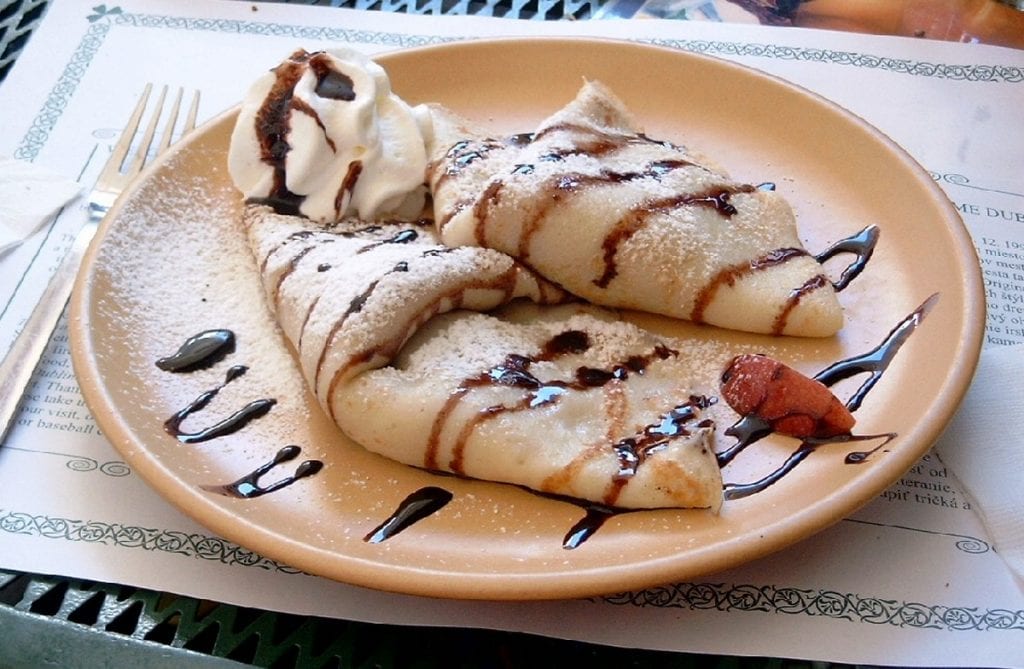
Palacsinta in Hungary, Slovenia, Romania and Friuli Venezia Giulia
Served for lunch or dinner, the Hungarian palacsinta can also be an excellent sweet or savoury snack, suitable to be eaten both hot and cold. The main feature is the use of oil in the dough, which makes the crêpe soft and elastic, perfect for being rolled up and stuffed with tasty ingredients. The name derives from the Czech word palačinka, which the Hungarians later transformed into palacsinta, derived from the Latin placenta, the word the Romans used for 'cake.' There are many flavours that these crêpes can take, but the rakott palacsinta deserves a place of honour: many layers alternating with cottage cheese and raisins, jam and nuts, baked in the oven to obtain a sort of sweet and creamy timbale. The Romanian variant of the palacinta is the clătită which, just like its Hungarian cousin, is prepared with eggs, flour and milk; the same recipe is also present in Slovenia and Friuli Venezia Giulia, where it is called palacinka.

Pancakes in the United States
Soft pancakes made with butter, flour, milk, sugar and eggs, cooked in a pan in a knob of butter and usually dressed with maple syrup, North America's natural sweetener. It is one of the many typical breakfasts of the United States that has had international recognition right from the start. So much so that it has a dedicated day, Pancake Day, celebrated in America and the United Kingdom, where it is also called Shrove Tuesday (from the English shrive, meaning to absolve). The custom of preparing pancakes was born, in fact, precisely because of the need to consume the last eggs and various fats before starting the Lenten fasting period: and what better product than pancakes to celebrate the abundance of the table? There are many ways to enjoy them, slathered with spreads or covered with fresh fruit, but for those who prefer the savoury version, they also go well with bacon and eggs.
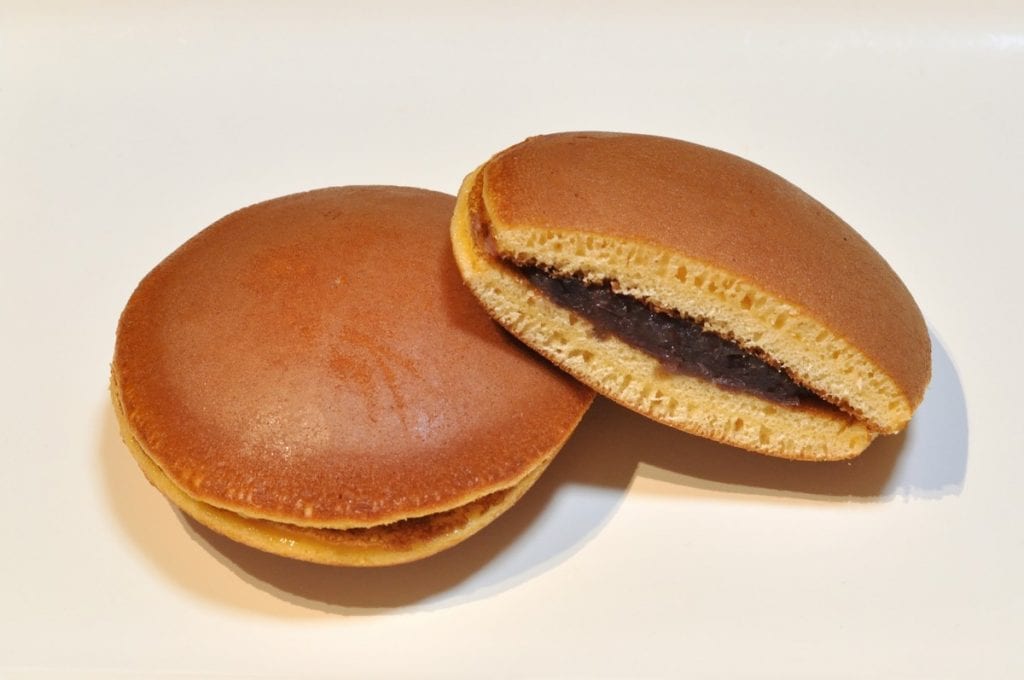
Dorayaki in Japan
Among the most popular desserts of the Japanese tradition the absolute protagonist is dorayaki, a sort of stuffed pancake, very consumed also as a snack, especially if accompanied by a good cup of tea. The base of these pancakes is the dough of the kasutera, a sweet specialty of combined sugar, flour, eggs and starch syrup, brought to Japan by Portuguese merchants in the 16th century (the name derives from the Portuguese pão de Castela, or "Castile bread"). Formerly composed of a single layer, dorayaki was reinvented in 1914 by Ueno Usagiva of Tokyo's Usagiva pastry shop, and is stuffed with anko, a reddish sweet sauce made from azuki beans and star of many traditional desserts, as well as the 2015 film "The recipes of Mrs. Toku," a film entirely focused on the Japanese table.
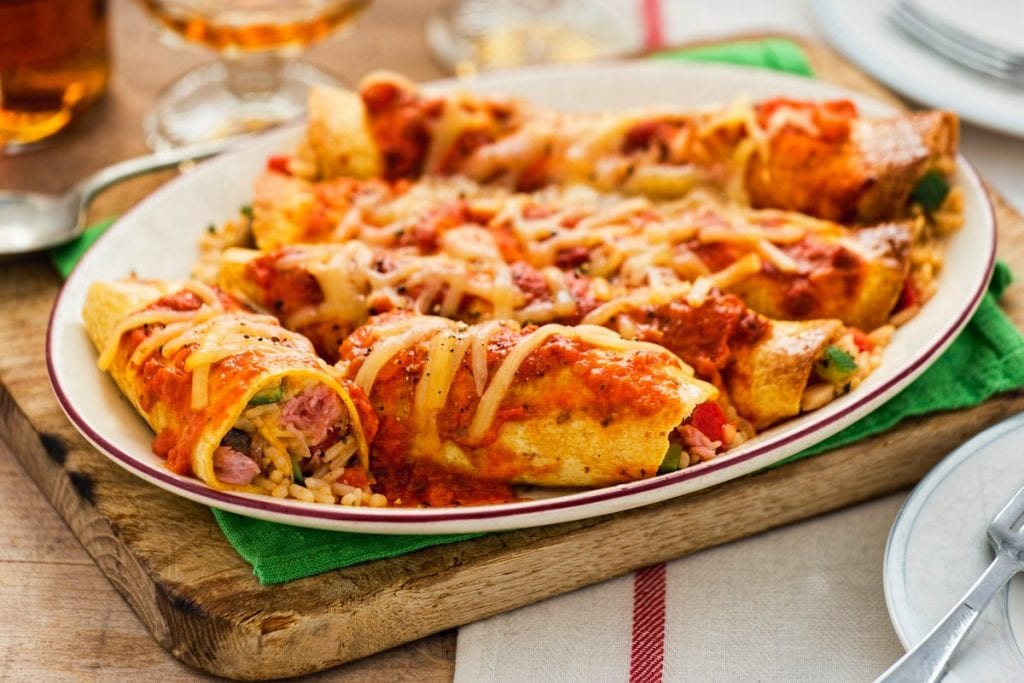
Enchiladas in Mexico
"Two young women of great beauty brought the monarch snow-white tortillas, cooked with eggs and other hearty ingredients, on plates covered with clean napkins." This is how the Spanish conquistador Bernal Díaz del Castillo first described enchiladas. Having entered the Aztec capital of Tenchtitlán in 1519, he was very impressed by the local cuisine, so much so that he talked about it in his book "The conquest of Mexico 1517-1521," where he recounts the 300 dishes prepared for the sovereign, including these stuffed and rolled tortillas, seasoned with chilli sauce and widespread in much of Latin America. The original recipe includes a filling of chicken, tomato sauce, cheeses, chillies and sour cream but there are many variations born over time: the important thing is to cook them in the oven covered with sauce, just like you would do for classic Italian cannelloni or manicotti.
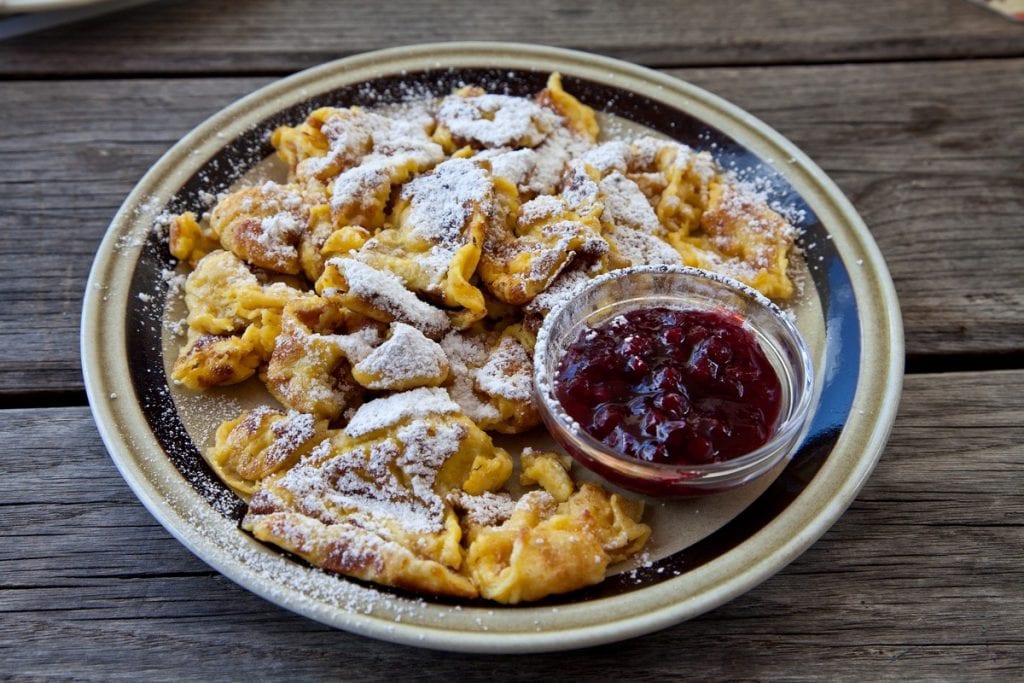
Kaiserschmarrn in Trentino-Alto Adige and Austria
An Austrian dessert that's very common in Trentino-Alto Adige, whose name means "omelet of the emperor," a cross between a crêpe and a pancake: these are thicker crêpes cooked in a pan and then cut into strips, served with jam and sprinkled with powdered sugar. It seems it was the Austrian Emperor Franz Joseph who spread the specialty: according to legend, the emperor had asked his cook for a crêpe. The court chef, by mistake, overcooked it until it broke. The chef decided to serve the crepe anyway, so he cut it into squares and covered it with sugar, trying to disguise the mistake. But there was no need, because the emperor liked the invention very much, so much so that it became his favourite dessert.
by Michela Becchi

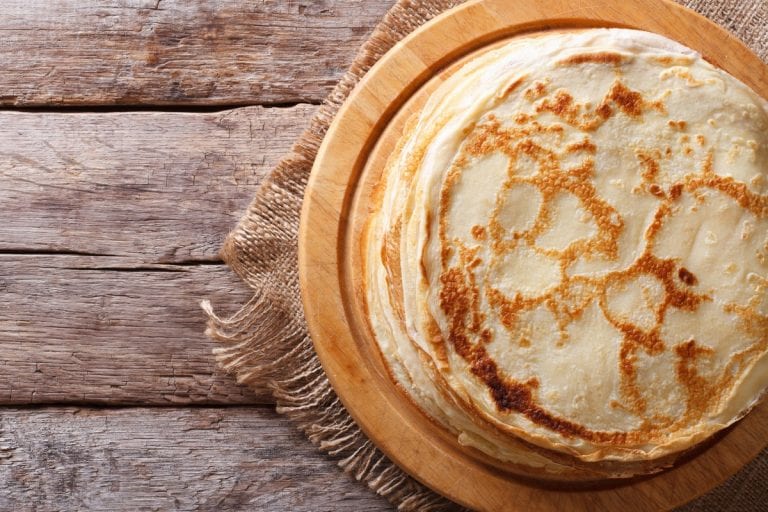
 What changes for the export of Italian wines to China under the new regulations?
What changes for the export of Italian wines to China under the new regulations? “Forget dealcoholised wines. The future is Komb(w)ine.” Moser and Ravizza present a new grape must-based product
“Forget dealcoholised wines. The future is Komb(w)ine.” Moser and Ravizza present a new grape must-based product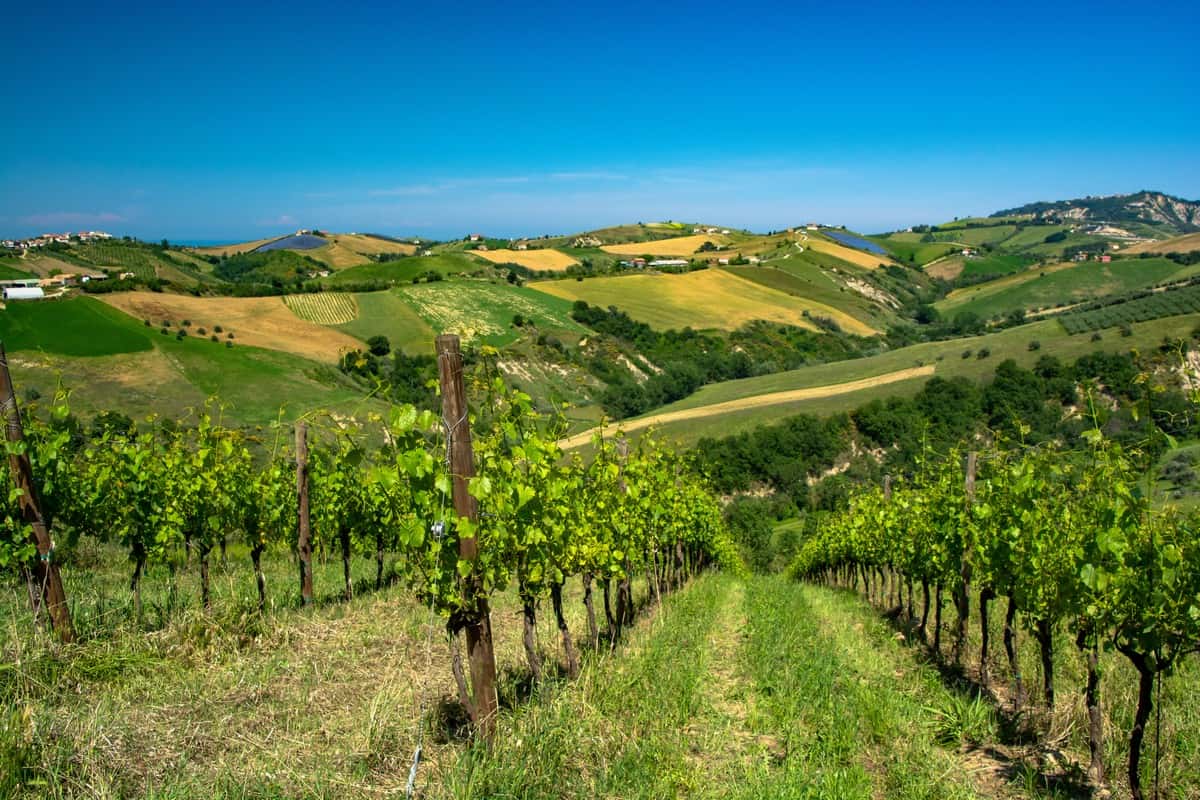 Global wine consumption at a historic low and vineyards in decline. The OIV report outlines a 2024 to forget
Global wine consumption at a historic low and vineyards in decline. The OIV report outlines a 2024 to forget Oenologist Riccardo Cotarella will also produce dealcoholised wine: "My first bottle will be out in October and it won’t be bad"
Oenologist Riccardo Cotarella will also produce dealcoholised wine: "My first bottle will be out in October and it won’t be bad" Dear natural wine world, enough with the constant polemics. If you don’t want to self-ghettoise, self-criticism is needed
Dear natural wine world, enough with the constant polemics. If you don’t want to self-ghettoise, self-criticism is needed




